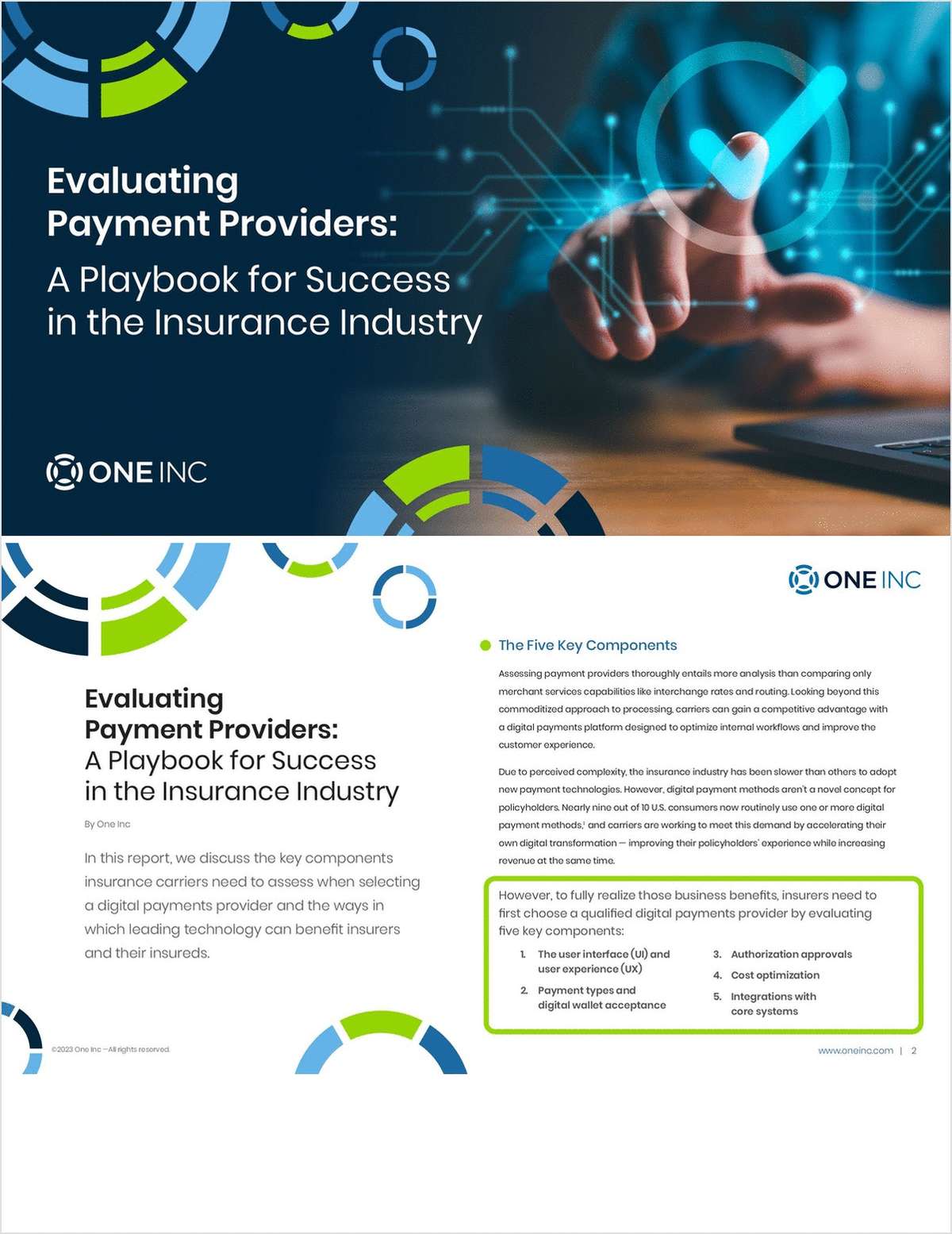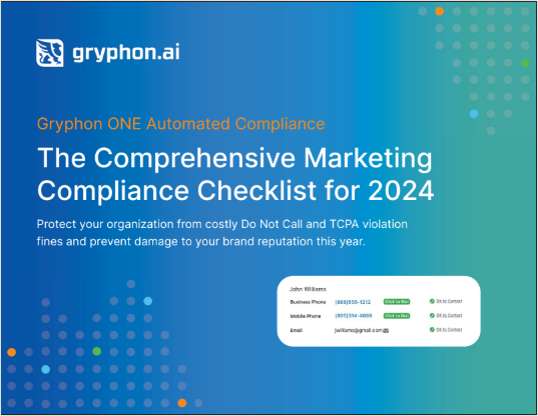Your agency has access to an impressive array of financial reports and ratios that can be produced by your agency management system and related spreadsheet analysis. You also can incorporate financial standards, benchmarks and other measures to track and analyze your agency's financial condition. But too much information can be just as paralyzing as too little–and serious problems can arise if you pay too much attention to the wrong data. How, then, do you identify the financial information most important to the management of your business? Every agency differs in its financial position and the factors that got it there. Internal issues, such as a recent acquisition, can place strains on an agency that are far different from those stemming from the loss of a major account. In contrast, external issues, such as the soft market and economic malaise, appear to affect everyone similarly, but differences often are revealed when an agency evaluates its financial status and contemplates how to react.
To manage your agency's finances as well as possible, consider taking three key steps:
1. Create your financial report card
2. Create a financial plan
3. Remember liquidity, stability and validity when it comes to your balance sheet.
Your financial report card
Public brokers disclose their results every quarter, and annual rankings of agencies and other information provide a degree of financial performance comparisons against your peers. Although these are valid sources of information and should be included in your financial planning process, they reflect business operations different from yours, and should not necessarily be viewed as the ultimate model for analyzing your own agency. (See Table 1-Key Financial Ratios for a list of some of the most critical financial ratios to be included in your own agency analysis, as well as in peer comparisons.)
 |
Many times, the best measure of an agency's performance can be found in comparisons to itself. Has your agency's financial condition shown improvement or deterioration over time? Has profitability improved year over year? Has working capital deteriorated over the past 12 to 24 months? Only by studying your own agency's financial health over the years will you be able to judge whether your situation is improving, worsening or remaining unchanged. As illustrated in Table 2 (Key Balance Sheet Ratios), the ability to see trends and changes is made much easier with the availability of charts showing multiple periods of data.
Identifying appropriate financial attributes to review is a process best undertaken by the agency's senior financial officer. The CFO should examine a variety of internal and external peer information, including revenue ratios, compensation measures, expense comparisons and balance sheet factors. These calculations should be used to help set parameters around results that are normal for your agency. They should then be compared with the agency's historical results to identify unfavorable trends or situations, and provide information relative to industry standards and peer data.
Critical items and any areas outside the normal range should be included in metrics reported to senior management to facilitate understanding of the agency's overall financial picture, and to aid in the development of corrective actions.
While it's prudent to review a variety of ratios, trends and financial measurements, not all of them will require management's attention. Senior management should first focus on the ones that produce the most significant impact to the agency, as well as those that management has the most ability to change, such as compensation measures, T&E expenses, and receivable collections. Trying to manage and improve too many situations at once can stretch resources too thin and result in few things getting done well or at all.
It's also important to note that while some financial measures may fall outside the norm, either the cost of the solution or the value to be gained from it may not justify the resources needed to remedy the problem.
Nonetheless, the onus is still on management to identify areas that can be improved and then to design and implement corrective measures. This may involve finding new ways to accomplish certain tasks, either with technology, process improvement or outsourcing.
Examples might include using the agency management system differently to improve customer file information, developing new financial reporting tools or identifying tasks within the agency (i.e., licensing, insurance certificates, cash receipt processing or many others) that outside resources can handle more cost effectively. The good news is that in many situations, the mere act of management's disseminating information and sharing concerns about performance measures can have a favorable influence on staff members, negating management's need to implement drastic measures.
Creating a financial plan
Obviously, you should be in the business of growing your organization and creating more profit for its owners. Without proper means for evaluating results, however, you won't know if you really are accomplishing your goals. And if you haven't set goals, you certainly won't know whether you've made real progress.
A major step in managing the agency's financial results, then, is to create a budget, set goals for the year and review the agency's performance against the goals on a regular basis. A meaningful financial plan will not just be a one-page projected income and expense budget. Instead, it should include these key attributes:
- Specific goals and objectives set forth by management
- Detailed revenue projections from each producer for each client
- Projections for new and lost business from each producer, and external market-renewal pricing factors expected to influence revenues
- Separate compensation plans for customer service employees, producers, managers and owners
- Operating expenses built from the ground up, including any discretionary owner expenses as a means of isolating non-critical company expenses
- All capital needs of the agency, including new technology, facilities and furniture
- Assessment of long-term needs in personnel, such as additional sales staff, loss control experts, claims or client advocates and additional management depth.
 |
Continue Reading for Free
Register and gain access to:
- Breaking insurance news and analysis, on-site and via our newsletters and custom alerts
- Weekly Insurance Speak podcast featuring exclusive interviews with industry leaders
- Educational webcasts, white papers, and ebooks from industry thought leaders
- Critical converage of the employee benefits and financial advisory markets on our other ALM sites, BenefitsPRO and ThinkAdvisor
Already have an account? Sign In Now
© 2024 ALM Global, LLC, All Rights Reserved. Request academic re-use from www.copyright.com. All other uses, submit a request to [email protected]. For more information visit Asset & Logo Licensing.








